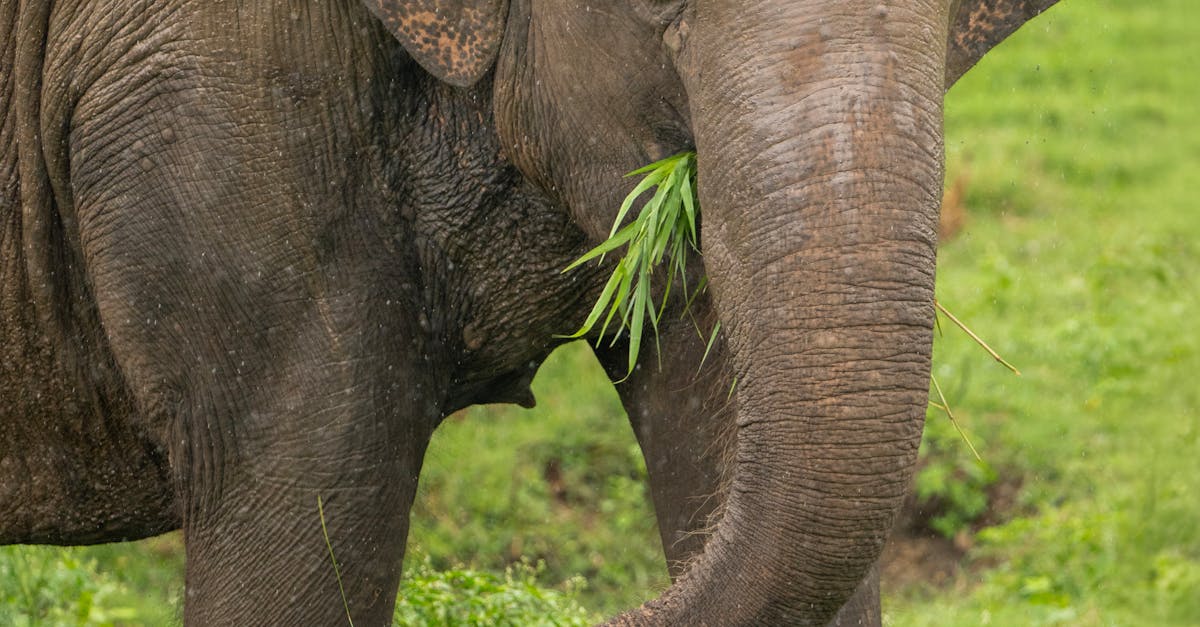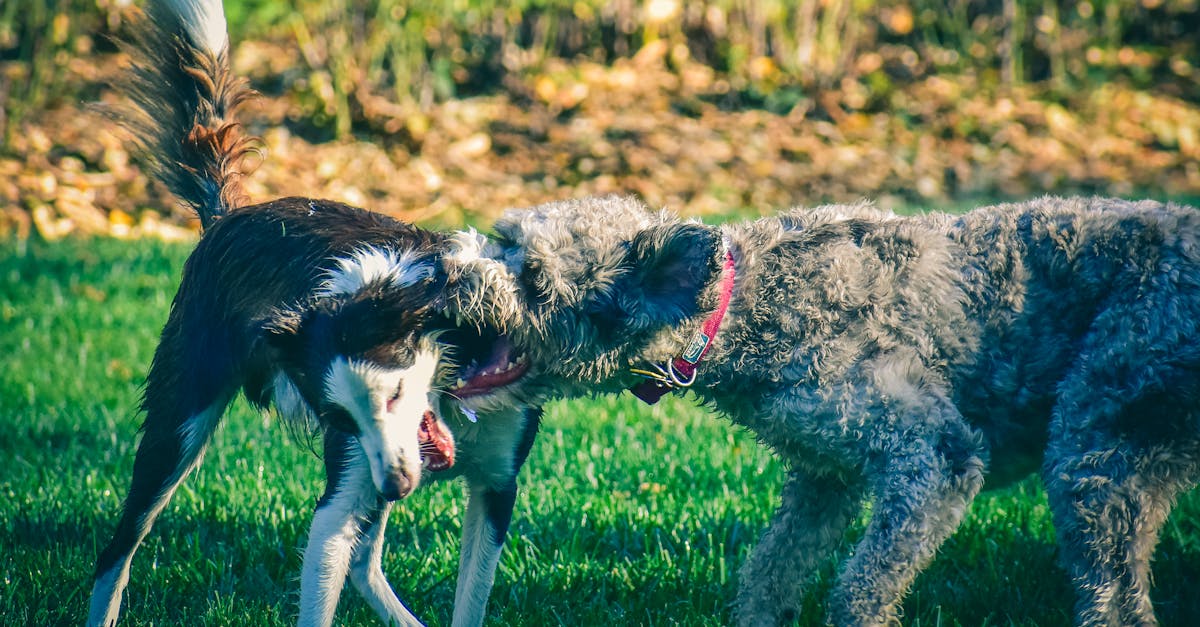When you think of anteaters, you might picture a docile creature lazily slurping up ants with its elongated snout. But what if I told you that there’s much more to these fascinating creatures than meets the eye? From their unique anatomy to their unexpected behaviors, anteaters are full of surprises. Let’s dive into the world of anteaters and uncover some terrifying facts that will make you see them in a whole new light.
The Unexpected Strength of Anteaters
Imagine if you encountered an animal that, despite its seemingly gentle demeanor, possessed incredible strength. Anteaters might not look like powerhouses, but their muscular build is nothing short of impressive. They have robust limbs and powerful claws capable of ripping open termite mounds and ant nests with ease. In fact, their claws are so strong that they can fend off predators like jaguars and pumas. Picture this: an anteater standing on its hind legs, using its formidable claws in a defensive stance. It’s a sight you wouldn’t want to be on the wrong side of.
Razor-Sharp Claws: Nature’s Hidden Weapons
Speaking of those claws, they’re not just strong—they’re razor-sharp. Anteaters have claws that can grow up to four inches long. These claws are their primary tools for digging and defense. A little-known fact is that anteaters walk on their knuckles to protect these essential tools from wear and tear. I’ve often thought about how nature equips animals with such specialized features. In my opinion, the anteater’s claws are among the most impressive.
A Tongue Like No Other
One thing I’ve learned about anteaters is that their tongues are marvels of nature. Measuring up to two feet long, their tongues are covered in tiny, backward-facing spines and sticky saliva, allowing them to consume up to 35,000 ants and termites a day. What’s surprising is the speed at which they can flick their tongues—up to 150 times per minute! This might sound strange, but I for example, can’t even fathom moving my tongue that fast. It goes to show how specialized these creatures are.
The Solitary Life of Anteaters
Anteaters lead a solitary life, and their interactions with other anteaters are minimal. They are territorial animals, and males can be particularly aggressive towards one another. I’ve noticed that this solitary nature is quite rare among mammals, which often rely on social structures for survival. From my point of view, this independence is both fascinating and a bit eerie, considering how most animals thrive in groups.
The Silent Predators
What’s fascinating is that anteaters are almost completely silent. They don’t make any vocal sounds, which is quite unusual for a mammal. This silence is a survival strategy, helping them avoid detection by predators. I was just thinking about how eerie it would be to encounter an animal that moves so silently. Now that I think about it, this adds a layer of mystery to their already intriguing persona.
The Deadly Embrace
When threatened, anteaters can deliver a deadly embrace. They use their powerful limbs and sharp claws to grab and potentially kill their attacker. There have been documented cases of anteaters killing humans who got too close. This is a stark reminder of their strength and the respect they command in the wild. I’ve come to realize that underestimating an anteater could be a grave mistake.
The Unique Diet
Anteaters have a highly specialized diet consisting mainly of ants and termites. However, this diet poses a challenge: ants and termites can bite and sting. To put it simply, anteaters have developed a thick, tough hide to protect themselves from these attacks. I can’t forget the first time I learned about this adaptation; it’s a perfect example of nature’s ingenuity.
The Mysterious Reproduction
Anteater reproduction is shrouded in mystery. Females give birth to a single offspring after a gestation period of about six months. The young anteater, known as a pup, rides on its mother’s back for several months. What’s surprising is that the mother’s fur provides camouflage for the pup, blending seamlessly with the environment. This might sound strange, but it’s a brilliant survival strategy.
The Threat of Extinction
Despite their formidable adaptations, anteaters face significant threats from habitat destruction and human activities. Their populations are declining, and they are considered vulnerable in many regions. I’ve been meaning to highlight the importance of conservation efforts to protect these unique creatures. It’s funny how we often overlook the importance of preserving such specialized animals.
The Enigmatic Giant Anteater
Lastly, the giant anteater is perhaps the most enigmatic of all. Growing up to seven feet long, including their tail, these giants are a sight to behold. They have a slow, deliberate gait and an almost otherworldly appearance. I’ve always thought that the giant anteater looks like a creature from a different era. Their size and appearance make them one of the most fascinating animals in the world.
Take Action to Protect Anteaters
Now that we’ve explored these terrifying facts about anteaters, it’s clear that they are remarkable creatures deserving of our respect and protection. From their incredible strength and specialized diet to their solitary nature and mysterious reproduction, anteaters are full of surprises. If you’re as fascinated by these creatures as I am, consider supporting conservation efforts to protect their habitats and ensure their survival. You can probably relate to the importance of preserving the diversity of our planet’s wildlife.
In my opinion, learning about the unique adaptations and behaviors of animals like anteaters helps us appreciate the complexity and beauty of the natural world. So, next time you think of anteaters, remember these terrifying facts and the incredible resilience of these amazing creatures.














